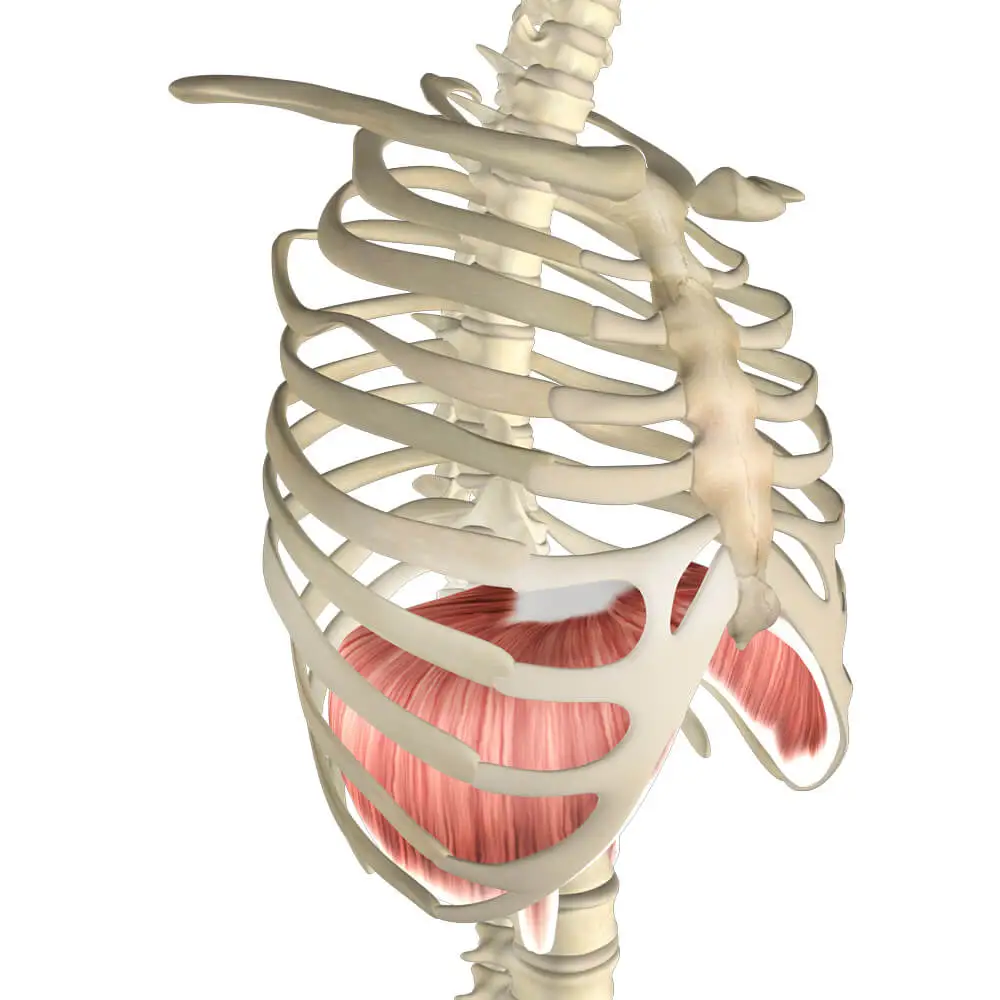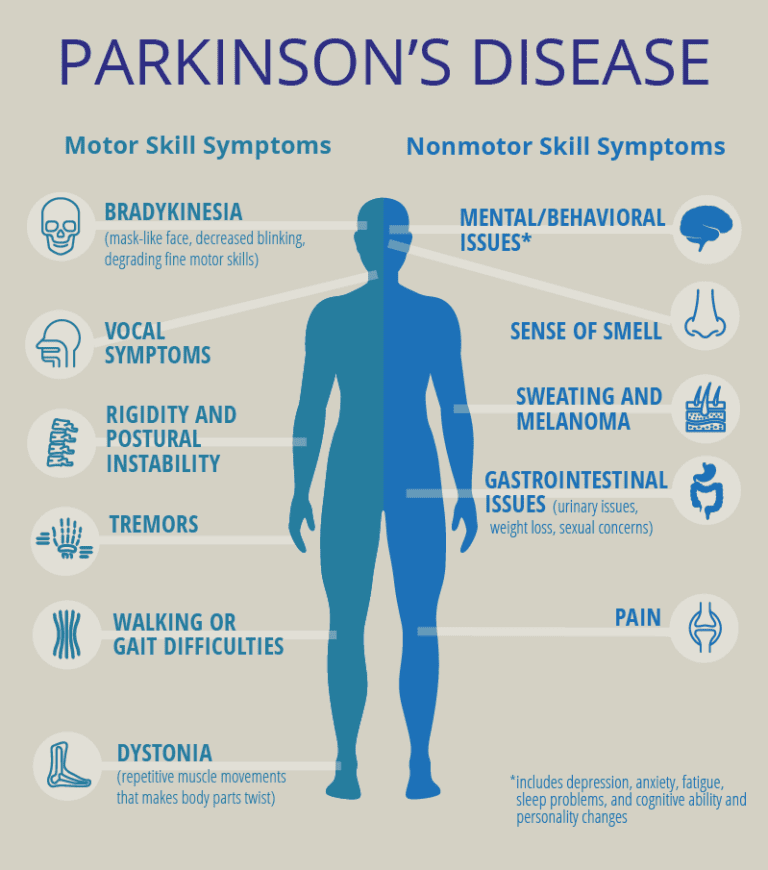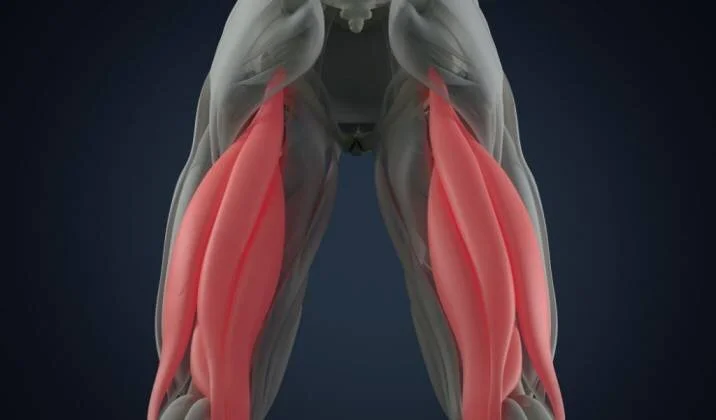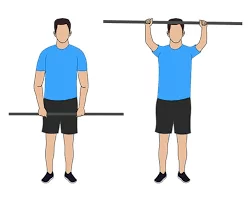Diaphragm Muscle Exercise
Diaphragm muscle exercise is a great way to improve your lung function and it is a part of important Deep breathing exercises, also has many health benefits and improves oxygen levels in your Body. This exercise you should include in your daily exercise program to improve your overall fitness level.
Table of Contents
Introduction
- The diaphragm muscle exercise increases the strength of the diaphragm muscle. Improving muscle function during exercises and preventing muscle strain. It helps you to lower your heart rate. It helps you to lower your blood pressure. Helps you to cope with the symptoms of post-traumatic stress disorder (PTSD). It helps you to improve your core muscle stability. It helps you to improve your body’s ability to tolerate intense exercise. It helps you to improve diaphragm movement after paralysis.
- The diaphragm is an unpaired, dome-shaped skeletal muscle that is located inside a trunk. It is the primary muscle that is active during inspiration. Contraction of the diaphragm muscle facilitates the expansion of your thoracic cavity.
- This increases the volume of the cavity, which in turn lowers the intrathoracic pressure allowing the lungs to expand and inspiration to occur.
- The diaphragm muscle is much more than just a sheath separating your thoracic cavities and abdominal cavities.
- Origin of Diaphragm; A sternal part of the diaphragm originates from the posterior aspect of the xiphoid process. A coastal part of the diaphragm originates from the Internal surfaces of lower costal cartilages and ribs 7 to 12. A lumbar part of the diaphragm originates from the Medial and lateral arcuate ligaments (lumbocostal arches), bodies of vertebrae L1 to L3 (and intervertebral discs), anterior longitudinal ligament
- The Diaphragm muscle is inserted into the Central tendon.
- The nerve supply of the diaphragm muscle is the Phrenic nerves (C3 to C5)
- The blood supply of the diaphragm muscle is the Subcostal and lowest 5 intercostal arteries, inferior phrenic arteries, superior phrenic arteries
- The diaphragm muscle does depression of the costal cartilage, the primary muscle of the inspiration
- The diaphragm muscle exercise includes two types of exercise
- Strengthening exercise
- Stretching exercise
Health benefits of Diaphragm muscle exercises:
- Helping you to relax your Body.
- Improving muscle function during exercises and preventing muscle strain.
- Increasing oxygen demand in your blood.
- This exercise easier for your body to release gas waste from the lungs.
- It’s at the center of the practice of meditation, which is known to help manage the symptoms of conditions as wide-ranging as irritable bowel syndrome, depression and anxiety, and sleep apnea.
- It helps you to relax, lowering the harmful effects of the stress hormone cortisol on your body.
- Helps you to lower your heart rate.
- Helps you to lower your blood pressure.
- Helps you to cope with the symptoms of post-traumatic stress disorder (PTSD).
- Helps you to improve your core muscle stability.
- Helps you to improve your body’s ability to tolerate intense exercise.
- Helps you to lower the chances of injuring or wearing out your muscles.
- Helps you to slow your rate of breathing so that it expends less energy.
- Help you to improve diaphragm movement after paralysis.
Strengthening exercise
Diaphragmatic breathing exercises
- Lie on your back on the bed or on a flat surface, with your knees bent and your head supported. You can use a pillow under your knee to support your both legs.
- Place one hand on the upper part of the chest and the other just below your rib cage. This will allow you to feel the diaphragm muscle move as you breathe.
- Slowly breathe in through your nose so that your stomach moves out, causing the hand to rise. The hand on the upper chest should remain the same as possible.
- Contract your stomach muscles, so that your stomach moves inward, causing your hand to lower as you exhale through pursed lips.

Diaphragmatic breathing exercise video:
Diaphragmatic breathing technique (sitting)
- When you get an expert in lying breathing techniques then go for this variation.
- For this exercise, you have to Sit comfortably in the chair, with your knees bend and your shoulders, head, and neck relaxed.
- Place your right hand on your upper chest and your left hand just below the rib cage. This will allow you to feel the diaphragm move as you breathe in.
- Inhale slowly through your nose so that your belly moves out against your hand. The hand on the chest should remain as still as possible.
- Tighten your abdominal muscles, so that your stomach moves back in, as you breathe out through pursed lips. The hand on the upper chest must remain as it is.
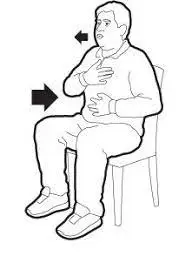
Sandbag Breathing
- The patient lies in the supine position. Their spine should be straight. A sandbag is placed on the tummy of your patient.
- Help your patient establish a flow of relaxed breathing with the described steps
- Feel the breath flowing in and out, repeatedly
- Soften the abdomen and feel it rise during breathing in and fall during breathing out
- Let your breath flow and do not pause between breaths
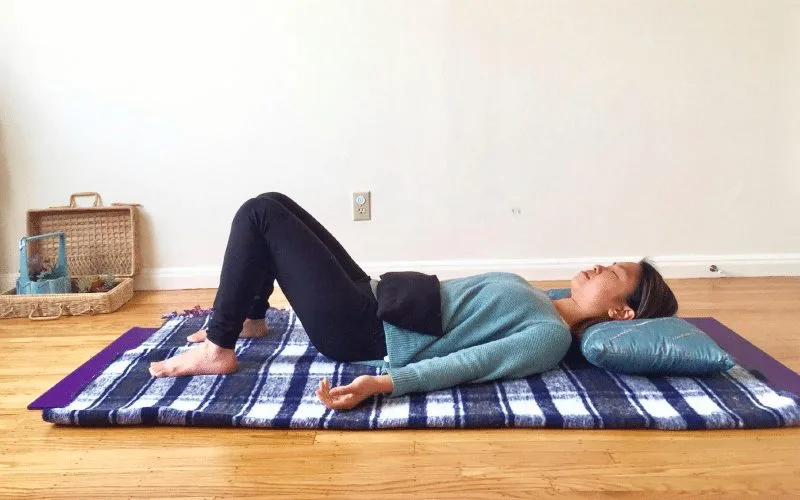
Blow Up a Balloon
- A balloon is a great party decoration and an excellent tool for strengthening the diaphragm and abdominal muscles. The balloon resists your exhale, forcing you to blow out too hard.
- Lie on the floor on your back, bend your knees, and put your feet up on the bench, couch, or chair. Hold the balloon in one hand and rest the other arm on the floor next to you. Lift your butt 2 inches from the ground by pushing your heels into the bench, couch, or chair.
- Take a big breath in through your nose and blow out through the mouth into the balloon. When you have nothing left, pause. Wait for five seconds before you breathe in.
- When you breathe in, put your tongue on the roof of your mouth and breathe in through the nose. Breathe in as much air as you can; then blow it out forcefully into the balloon until you have absolutely no air left in the lungs; then pause.
- Keep repeating this cycle until the balloon is full. Then let the air out of the balloon and try again. Blow the balloon up five times.
- Tip
- When you breathe out, try to relax your shoulders and neck. This places most of the strain on your abdomens.

All-Fours Breathing
- The all-fours breathing exercise not only promotes diaphragmatic breathing exercise, but it’s easy enough for a child to do properly:
- Get into an all-fours position on the floor (on your hands and knees). Gently round your back just like you are doing the “cat” pose in yoga. Make sure that your shoulders are over your hands and your hips are over the knees.
- You have to breathe in through your nose and breathe out through the mouth. As you breathe out, round your back even further and tuck your chin toward the chest. Keep rounding as you blow all of the air out of your lungs. Pause at the end of your breath for five seconds, holding the rounded position. Then, breathe in through your nose.
- When your lungs are full of air, breathe out again as hard as possible for you, rounding your back even more. Repeat this cycle five times; then take a rest.

Stretching exercise
Intercostal Stretching Breath
- To perform an intercostal stretching breath, the patient is in the standing position. Ask your patient to stretch both arms over their head. Breathe in deeply and on the breath out, they should stretch both arms to the right side. This stretches the intercostal muscles on the left side of your body. As they breathe in, they should come back to the starting position.
- On the next breath out, they should stretch their arms to the left side, creating the stretch in the right intercostal muscles. Repeat three times on each side.
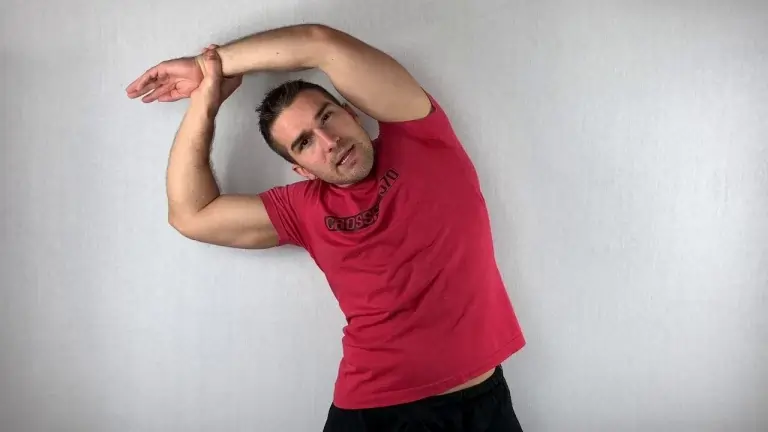
Diaphragm Stretches
- To perform the diaphragm stretch, the patient’s position is in the supine lying, at 90/90 hip and knee bend. Place the heels of the patient’s hands on the proximal part of the thighs. The patient should perform some relaxed breaths through their nose.
- After the deep inhalation and full exhalation, the patient should push their hands into the thighs. At this point, the patient should think about inhaling without actually breathing any air inside. Then ask the patient to suck their tummy in and expand their ribs, which creates a vacuum. The patient should then move their spine/pelvis through flexion and extension slightly. lateral shifts will also increase the stretch in different areas of the diaphragm muscle. Breathe normally during one or two cycles and repeat 3 to 4 times.

Rib-stretch breathing
- This is one other helpful deep breathing exercise to help you expand your breath in the lungs. Here is how to do it:
- For the Rib-stretch breathing exercise, you have to stand or sit upright.
- Cross your hands over your chest and place your palms on either side of the rib cage.
- Without straining or pushing, inhale through the nose until you can not take in any more air.
- Feel your ribs expand into the hands as you do so.
- you can hold your breath approx 5 to 10 seconds.
- Exhale slowly through your mouth. You can do this exercise normally or with pursed lips.
How to loosen a tight diaphragm muscle
you have to Sit comfortably in the chair, with your knees bent and your shoulders, head, and neck relaxed. Place your right hand on your upper chest and your left hand just below the rib cage. This will allow you to feel the diaphragm move as you breathe in.
Inhale slowly through your nose so that your belly moves out against your hand. The hand on the chest should remain as still as possible. Tighten your abdominal muscles, so that your stomach moves back in, as you breathe out through pursed lips. The hand on the upper chest must remain as it is.
Diaphragm breathing exercises
Lie on your back on the bed or on a flat surface, with your knees bent and your head supported. You can use a pillow under your knee to support your both legs.
Place one hand on the upper part of the chest and the other just below your rib cage. This will allow you to feel the diaphragm muscle move as you breathe.
Slowly breathe in through your nose so that your stomach moves out, causing the hand to rise. The hand on the upper chest should remain the same as possible.
Contract your stomach muscles, so that your stomach moves inward, causing your hand to lower as you exhale through pursed lips.
Diaphragm strengthening device
The POWERbreathe is a device that can be used to help strengthen your diaphragm muscle by breathing against adjustable levels of resistance. Once you have been prescribed the equipment you should not attempt to use it until you have been taught how to use it properly by a qualified member of staff.
FAQ
The diaphragm is the muscle that’s responsible for 80 percent of your breathing. The diaphragm muscle’s main function is to support breathing, which can help your body adjust to increases in intensity during your workout. Like your other muscles, you can do exercises to train your diaphragm muscle and boost your overall aerobic performance.
you have to Sit comfortably in the chair, with your knees bent and your shoulders, head, and neck relaxed. Place your right hand on your upper chest and your left hand just below the rib cage. This will allow you to feel the diaphragm move as you breathe in. Inhale slowly through your nose so that your belly moves out against your hand. The hand on the chest should remain as still as possible. Tighten your abdominal muscles, so that your stomach moves back in, as you breathe out through pursed lips. The hand on the upper chest must remain as it is.
The diaphragm is a muscle located at the base of the lungs that helps you breathe. When the diaphragm muscle is weak, it can cause problems with breathing and even lead to respiratory disorders. That’s why it is important to practice yoga poses that help to strengthen the diaphragm.
Weakness of the diaphragm due to medical intervention most commonly occurs as a result of physical trauma to the phrenic nerves or diaphragm muscle. Recognized examples include head and neck surgery or central venous catheterization, as well as neuropraxia caused by the use of ice slush while cardiothoracic surgery.
Symptoms of significant, usually bilateral diaphragm muscle weakness or paralysis are shortness of breath when lying flat, walking, or with immersion in water up to the lower chest. Bilateral diaphragm muscle paralysis can produce sleep-disordered breathing with reductions in blood oxygen levels.

